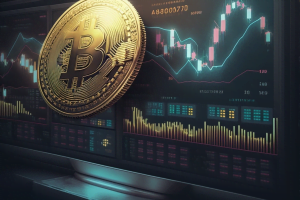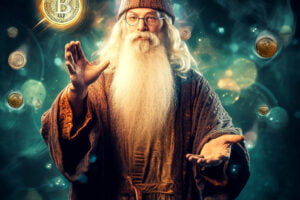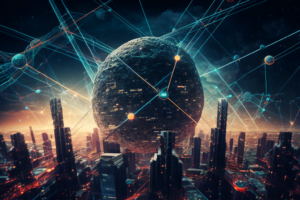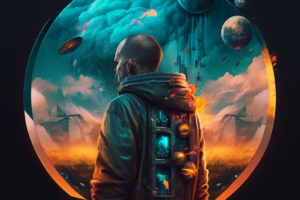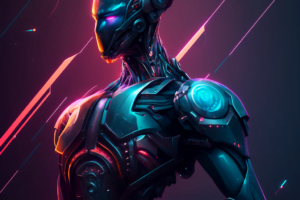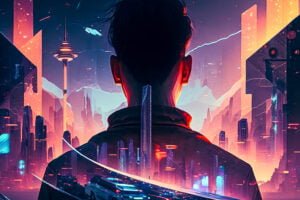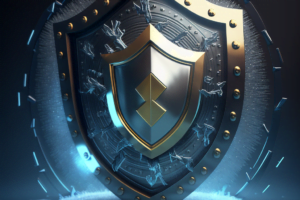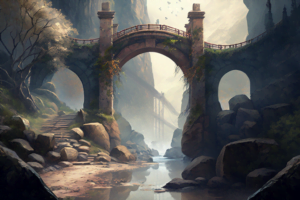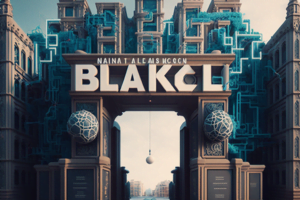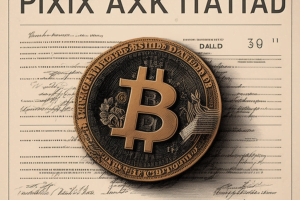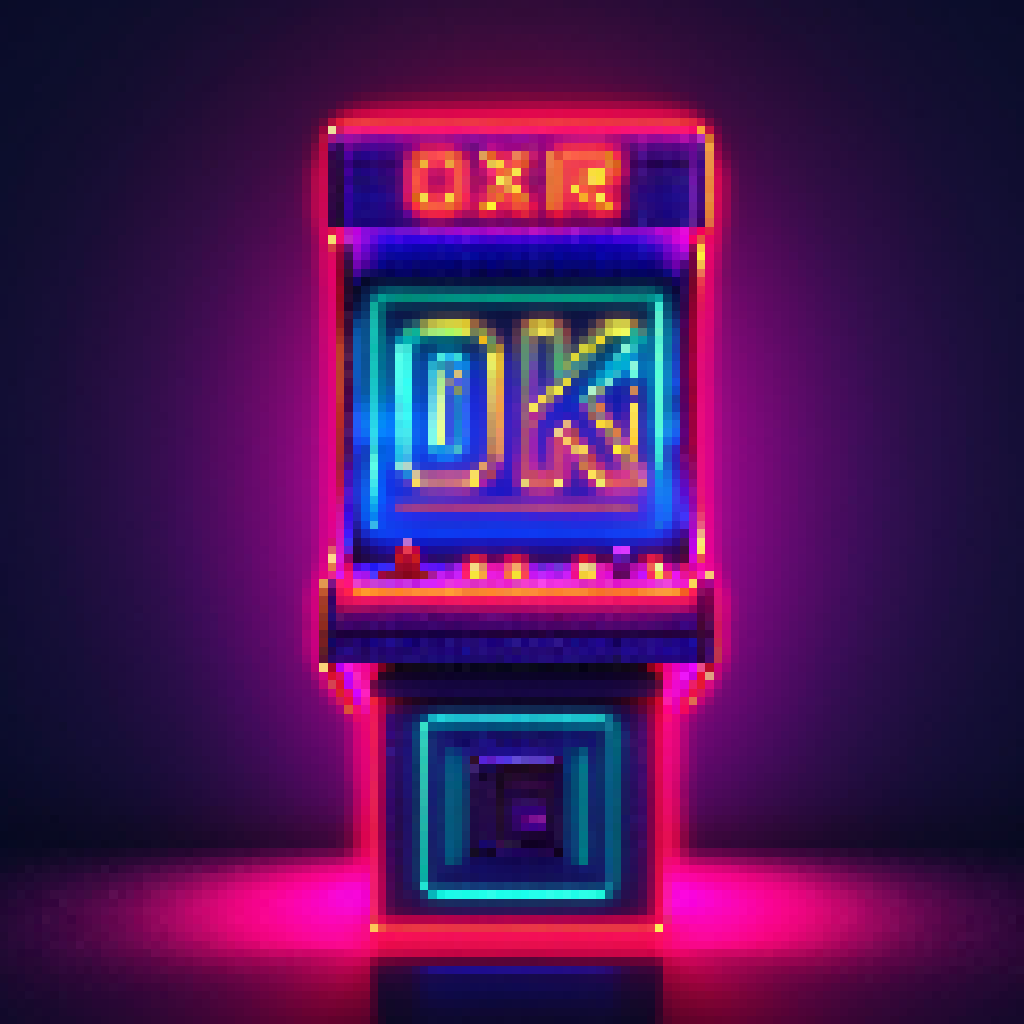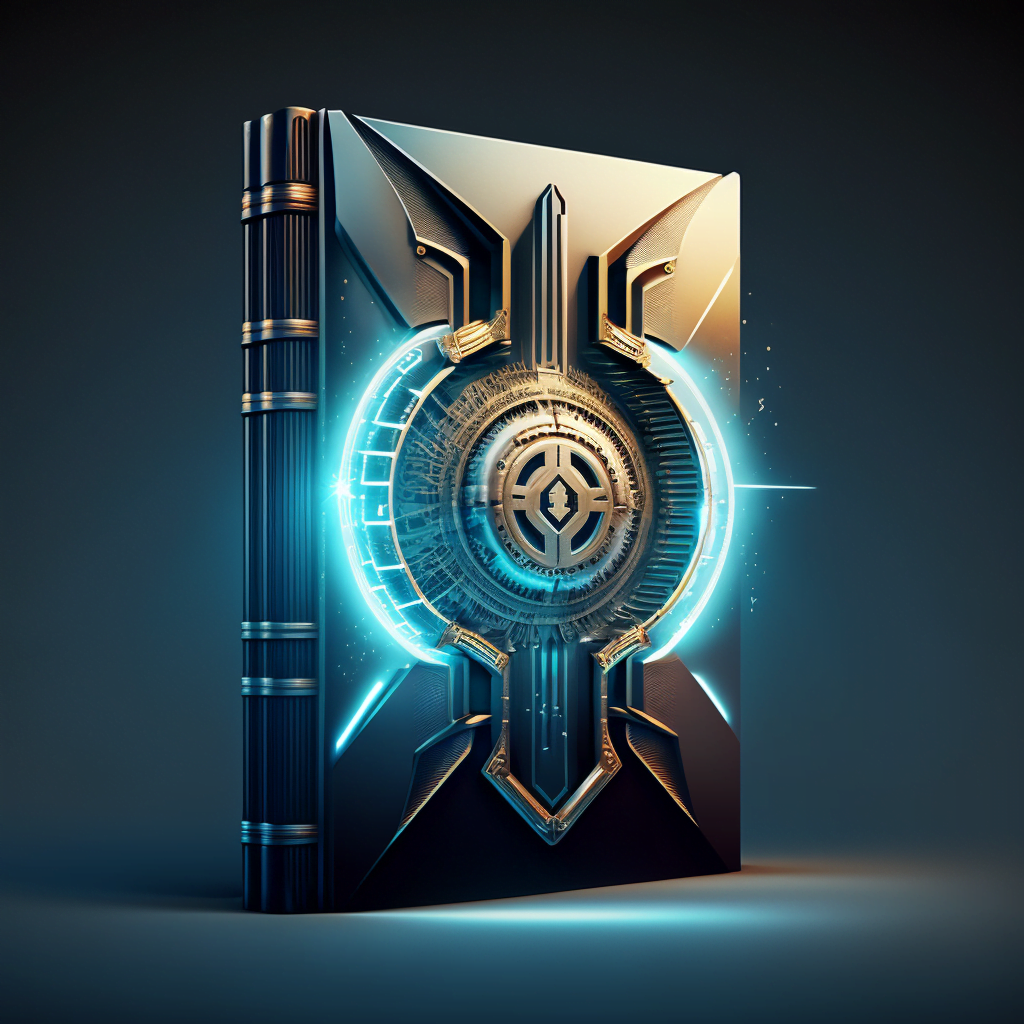The advent of non-fungible tokens (NFTs) has brought about a paradigm shift in the world of digital art. Artists, collectors, and investors alike have embraced NFTs as a means to tokenize, buy, and sell digital art with verifiable provenance and ownership. In this article, we will delve into the transformative impact of NFTs on the art world, exploring the key aspects of this revolution, including digital art marketplaces, the role of NFTs in artists’ careers, and the emerging trends in the NFT art space.
Digital Art Marketplaces and NFTs
The rise of NFTs has given birth to a host of digital art marketplaces that facilitate the trade of digital art pieces in the form of NFTs. These platforms provide artists with the tools to tokenize their artwork, ensuring its uniqueness and authenticity. Collectors, in turn, can purchase, trade, and sell these digital art pieces with the assurance that they own a one-of-a-kind asset. Some of the most popular NFT art marketplaces include:
OpenSea: As the largest NFT marketplace, OpenSea allows users to buy, sell, and discover a vast array of digital art pieces, as well as other NFTs like virtual land and collectibles.
Rarible: Known for its user-friendly interface, Rarible enables artists to mint and sell their digital artwork, while collectors can browse, purchase, and resell NFT art pieces.
SuperRare: Catering to the high-end digital art market, SuperRare features a curated selection of rare, single-edition NFTs from established and emerging artists.
Nifty Gateway: As a platform that hosts regular "drops" of exclusive digital art, Nifty Gateway has become a go-to destination for collectors seeking limited-edition NFTs from renowned artists.The Role of NFTs in Artists’ Careers
The NFT revolution has provided artists with new opportunities and benefits, empowering them to take control of their careers and monetize their digital creations.
Provenance and Ownership: Through the use of blockchain technology, NFTs offer a transparent and immutable record of ownership, ensuring that artists receive proper attribution for their work.
Royalties: NFTs enable artists to set royalty percentages, allowing them to receive a share of the profits whenever their artwork is resold on secondary markets. This provides artists with a long-term, passive income stream.
Global Exposure: NFT marketplaces give artists access to a global audience, increasing their visibility and potential customer base. Moreover, collaborations between NFT platforms and high-profile artists or celebrities have drawn mainstream attention to the world of NFT art.Emerging Trends in the NFT Art Space
The rapid growth of the NFT art market has given rise to a variety of emerging trends, pushing the boundaries of what is possible in the digital art world.
Generative Art: Generative art, created using algorithms or code, has gained significant traction in the NFT space. Projects like Art Blocks and CryptoPunks have popularized this art form, with collectors seeking unique, algorithmically-generated pieces.
Virtual Galleries and Exhibitions: As the metaverse continues to expand, artists and collectors are increasingly turning to virtual spaces to showcase and enjoy digital art. Platforms like Decentraland and Somnium Space host virtual galleries and exhibitions, where users can interact with NFT art in an immersive environment.
Cross-disciplinary Collaborations: The NFT art world has seen a surge in collaborations between artists and various industries, such as fashion, music, and gaming. These collaborations have led to innovative and boundary-pushing digital art pieces that merge different creative disciplines, creating unique and valuable NFTs.
Fractionalized Ownership: The concept of fractionalized ownership is gaining popularity in the NFT art market, allowing multiple collectors to own shares of high-value digital art pieces. This not only makes art more accessible to a wider audience but also opens up new possibilities for shared experiences and community-building around these assets.
Physical and Digital Art Integration: Increasingly, artists are exploring ways to combine physical and digital art, incorporating NFTs into their physical artwork or creating physical representations of digital NFTs. This fusion of the physical and digital realms offers new opportunities for artists to reach a broader audience and expand their creative possibilities.Conclusion
The rise of NFTs has undeniably revolutionized the world of digital art, offering artists greater control over their careers and opening up new avenues for creativity and innovation. As the NFT art market continues to evolve and grow, it is likely that we will witness further developments and trends that push the boundaries of what is possible in the art world. By embracing these new technologies and opportunities, artists, collectors, and investors alike can contribute to the ongoing transformation of the digital art landscape.



